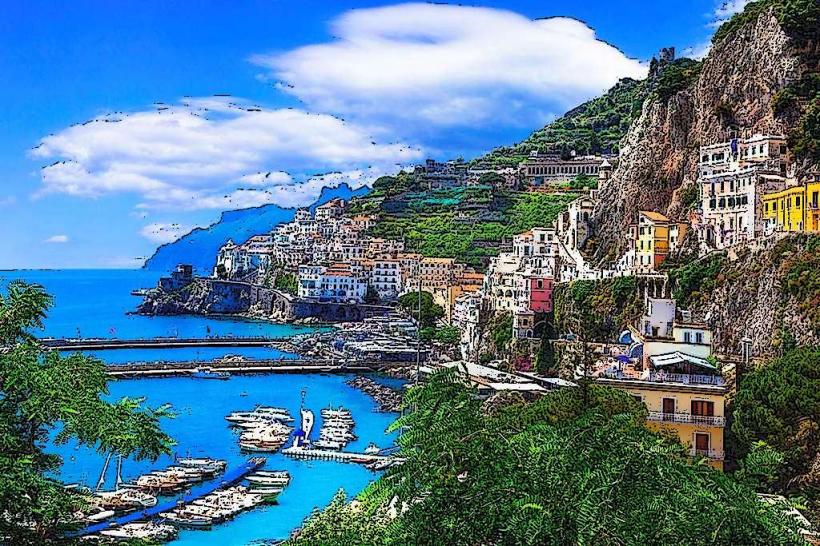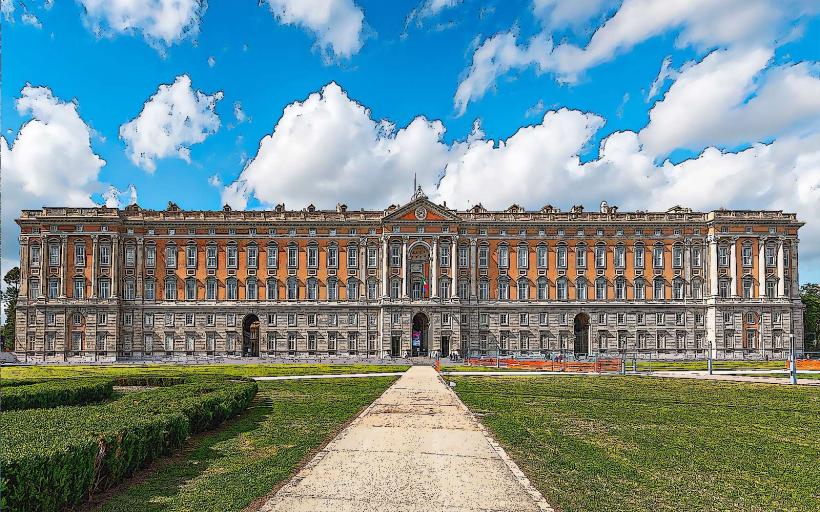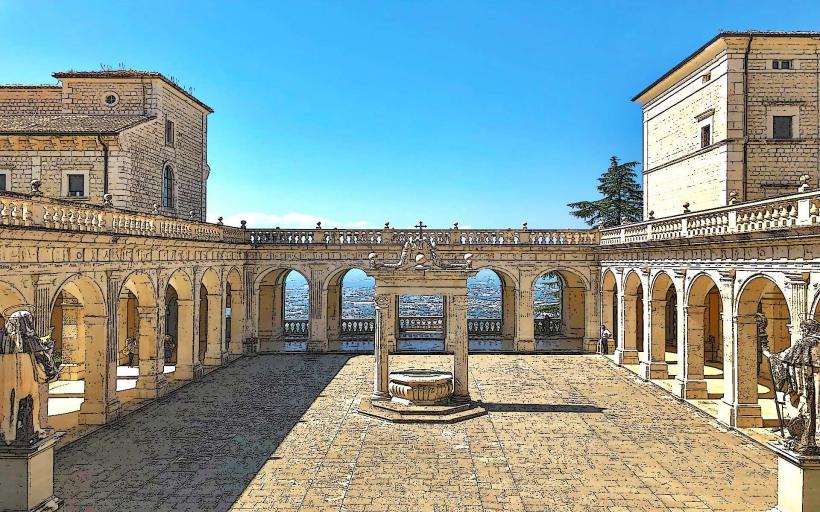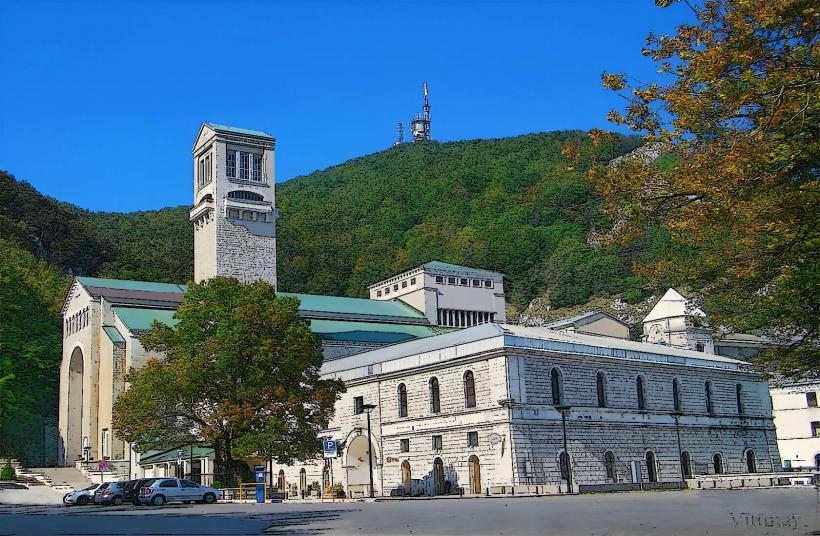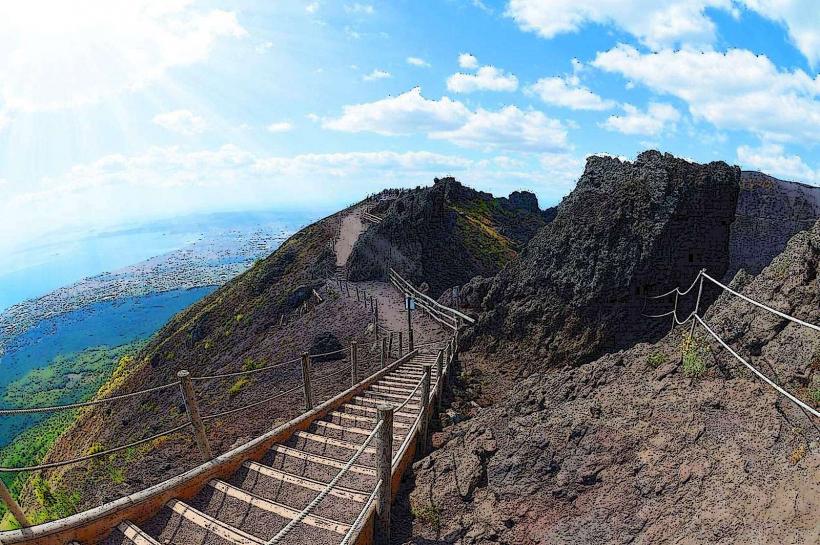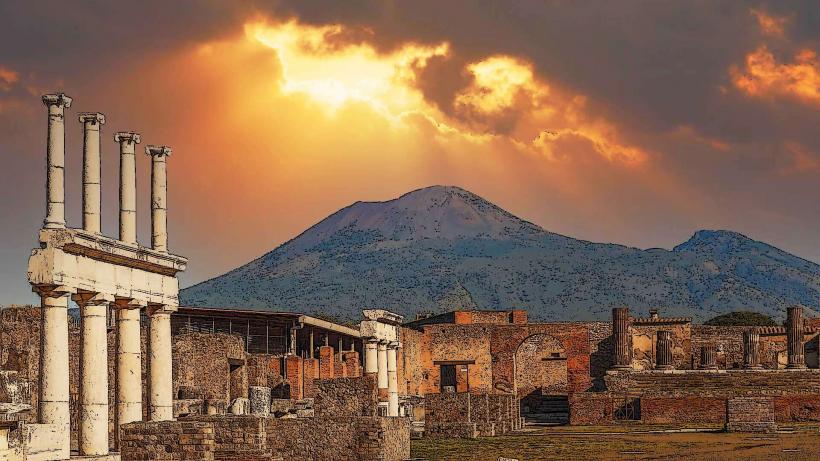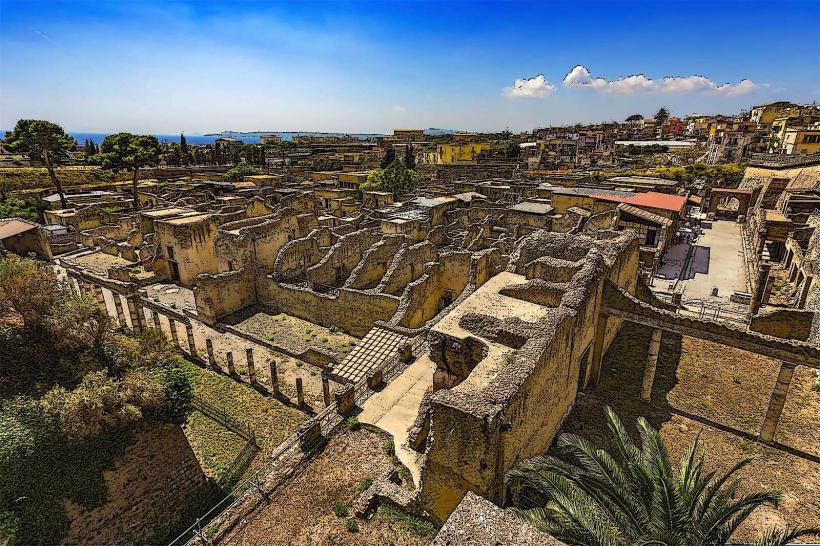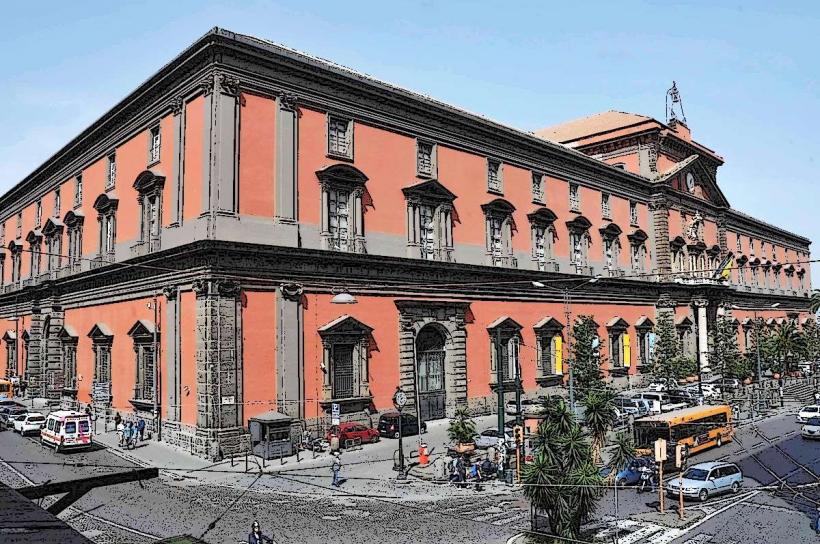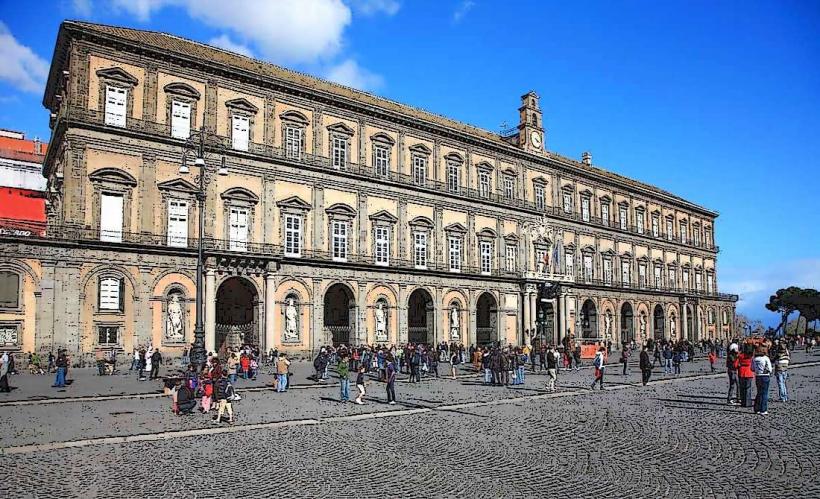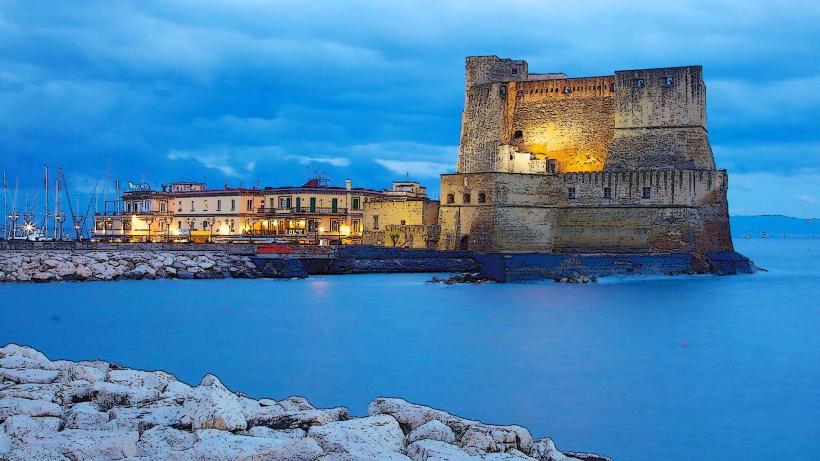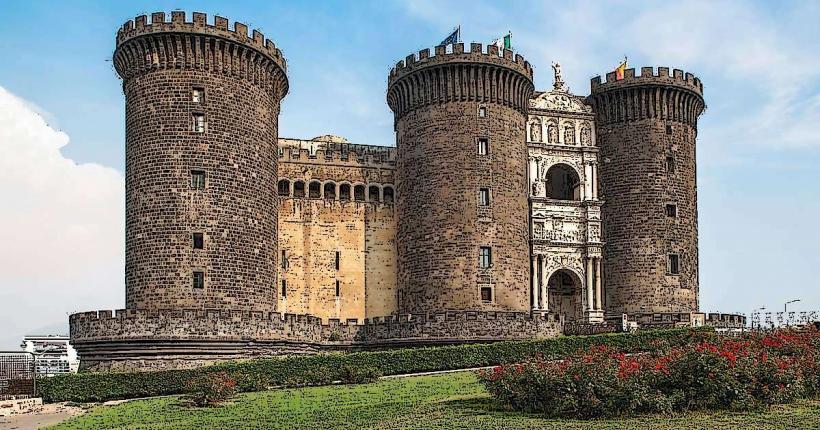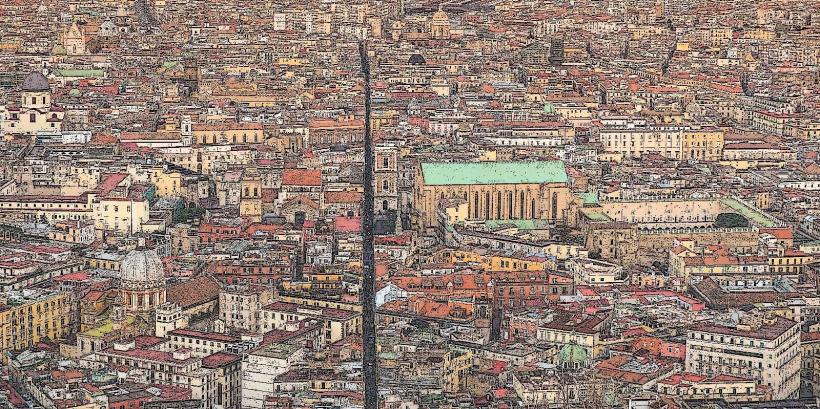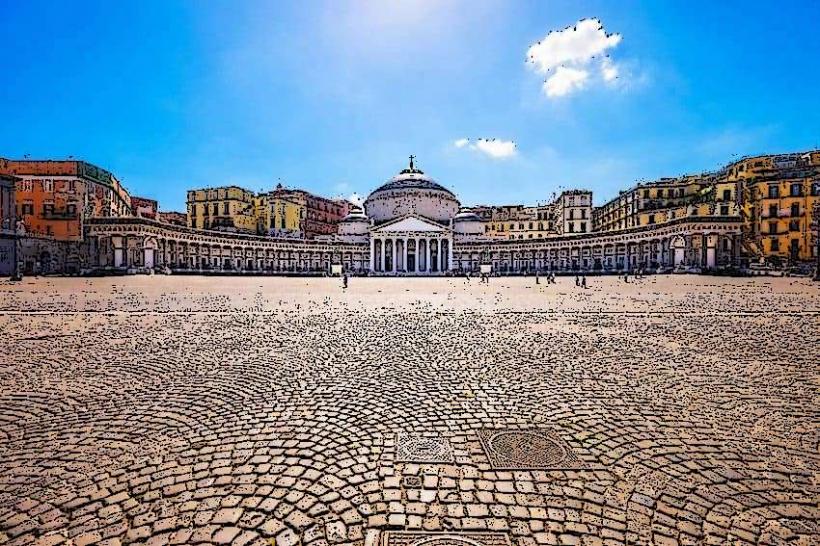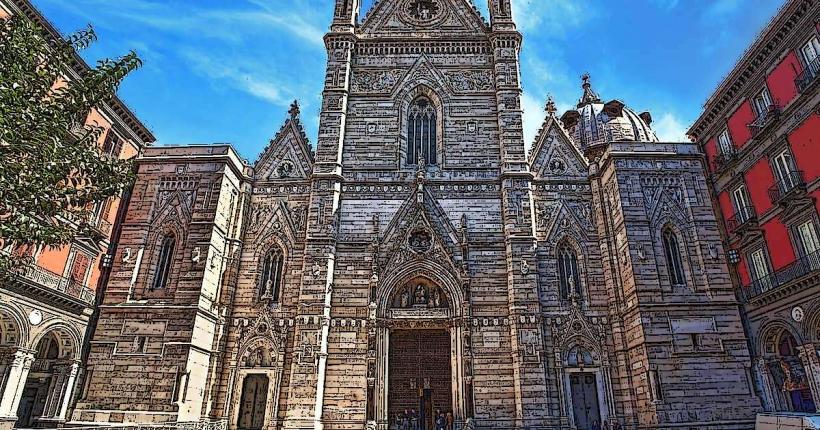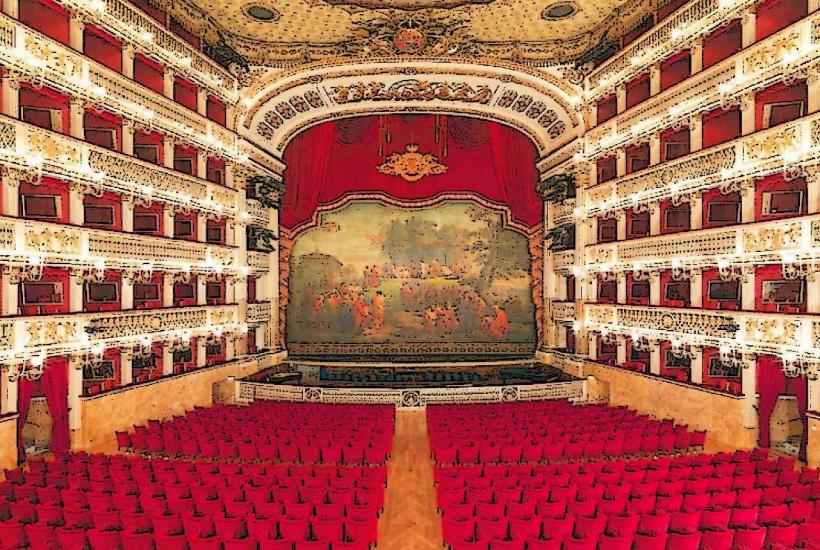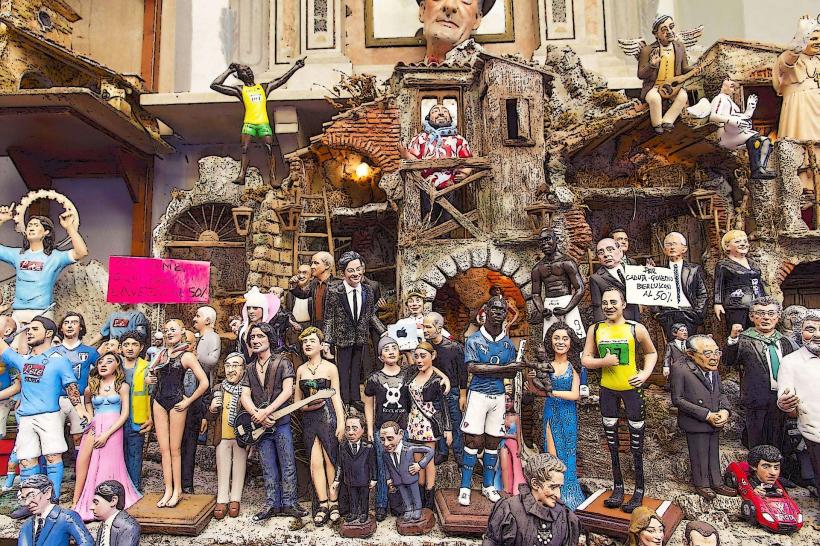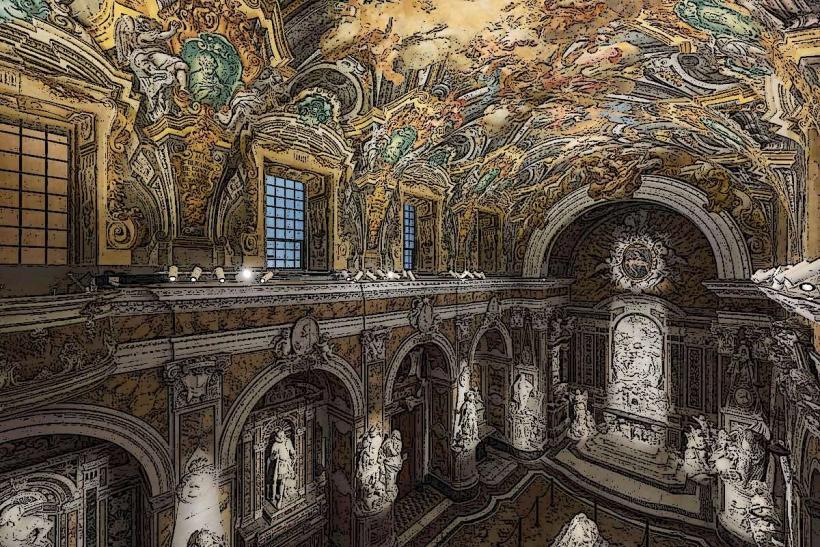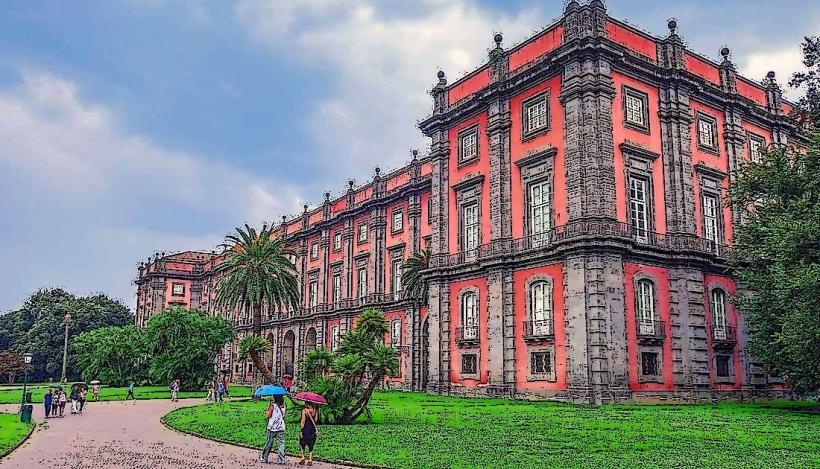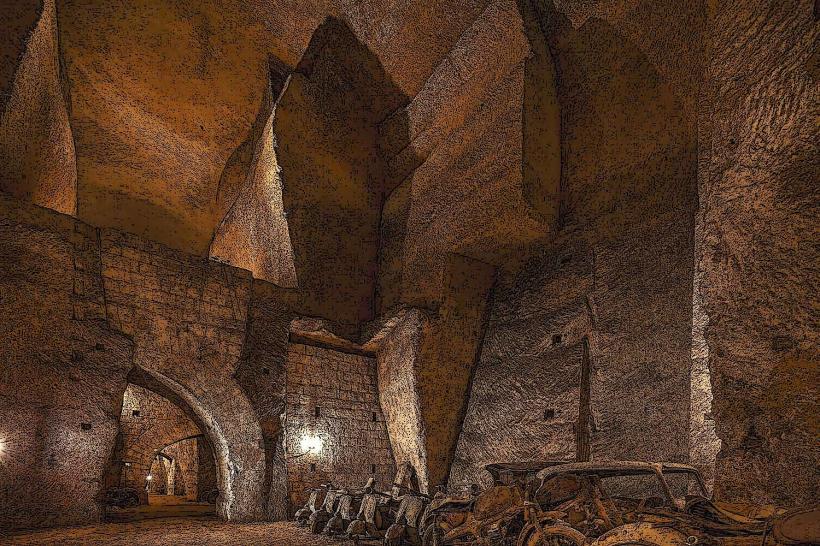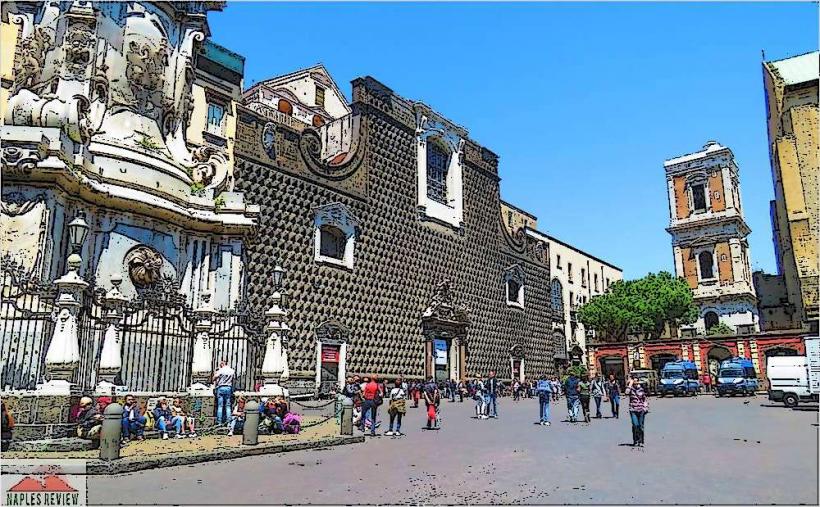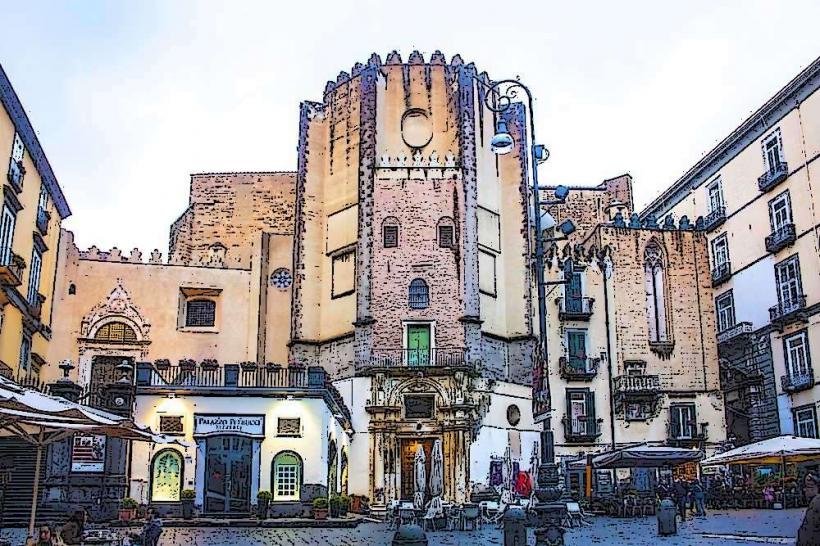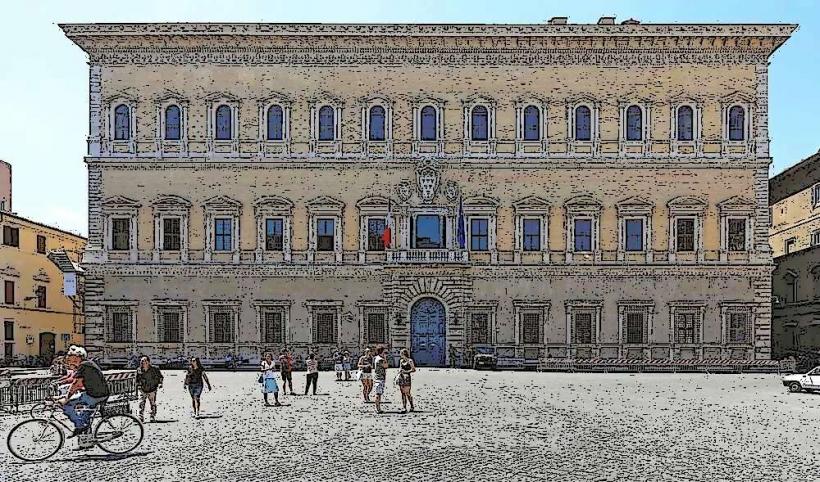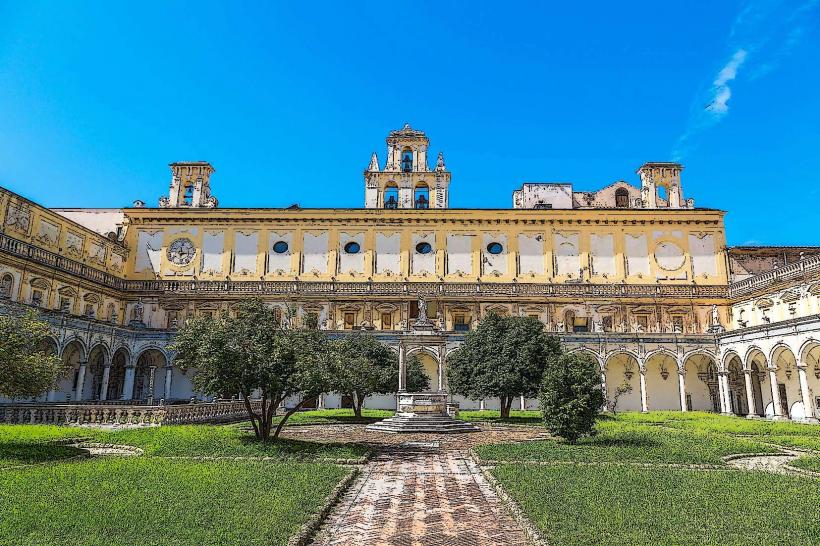Information
Landmark: Galleria Umberto ICity: Naples
Country: Italy
Continent: Europe
Galleria Umberto I is a magnificent shopping gallery located in the heart of Naples, Italy. Built between 1887 and 1891, it is one of the most important and impressive examples of 19th-century architecture in Naples. The gallery is renowned for its elegant design, glass dome, and its role as a central commercial and social hub of the city.
1. History and Origins
- Construction: The Galleria Umberto I was commissioned by King Umberto I of Italy, during the late 19th century, as part of the city’s efforts to modernize and improve its urban landscape. The project was designed by the architects Giulio Ferrara and Emilio Lapenna, who worked under the guidance of the engineer Raimondo D'Aronco.
- Opening: The gallery was completed and officially opened in 1891, quickly becoming a symbol of Naples’ modernization and economic prosperity during that time.
- Name: The gallery is named in honor of King Umberto I, who ruled Italy from 1878 until his assassination in 1900.
2. Architectural Design
- Style: The gallery is designed in a Renaissance Revival style with neo-Renaissance elements, though it also incorporates modern touches reflective of the late 19th-century architectural movement.
- Structure: The gallery consists of a rectangular central hall, covered by a massive glass dome, flanked by two arms extending into adjacent streets. The gallery is surrounded by neoclassical buildings, which enhance its grand, monumental appearance.
- Dome: The striking glass dome is one of the most notable features of the gallery. It is one of the largest in Italy and has a diameter of 54 meters. The structure is supported by an iron frame, and the glass allows natural light to flood the central hall, making the space bright and airy. The dome’s design is based on the Victor Emmanuel II Gallery in Milan, another iconic 19th-century shopping gallery.
- Vaulted Arches: The central hall is surrounded by vaulted arches that create a sense of openness and grandeur, giving the entire space a cathedral-like feel.
- Flooring: The floor of the gallery is made of marble and ceramic tiles, featuring intricate patterns that add to the overall opulence of the space.
3. Commercial and Social Hub
- Shops and Cafes: The gallery was originally designed as a commercial center, featuring high-end shops, cafes, and restaurants. Today, it continues to serve as one of Naples’ most prestigious shopping locations, housing both luxury brands and local boutiques. Its central position in Naples makes it an ideal location for both tourists and locals.
- Cafes: The gallery features several historic cafes and pastry shops, which have been frequented by many famous personalities over the years, including artists, writers, and politicians. The Caffè Gambrinus, located just outside the gallery, is particularly famous.
- Cultural Events: Throughout its history, Galleria Umberto I has been used for cultural events and social gatherings. Its grandeur makes it a popular location for exhibitions and public performances, enhancing its role as a symbol of Naples' cultural life.
4. Key Features and Decoration
- Mosaic Floor: One of the most notable decorative features of the gallery is the mosaic floor, which is made up of intricate geometric designs. The central floor area features a large octagonal mosaic, adding to the gallery's luxurious and artistic atmosphere.
- Statues: The gallery is also home to several statues that adorn the entrance and interior spaces. These statues represent important figures from Neapolitan history and culture.
- Art Nouveau Details: The gallery contains several Art Nouveau elements, which were integrated into the design during later restorations in the early 20th century. These include decorative ironwork and ceramic tiles.
5. Cultural and Historical Significance
- Symbol of Modernity: The Galleria Umberto I was built during a period of significant social and economic transformation in Naples. It reflected the city’s desire to modernize and become part of the broader European cultural and commercial movements of the time.
- Restoration and Preservation: Over the years, the gallery has undergone several restorations to preserve its historical and architectural value. Efforts have been made to maintain its integrity as a historic monument while adapting it to modern commercial needs.
- Naples’ Historic Center: The gallery is located in the heart of Naples' historic center, making it a major landmark that connects the city’s past with its present. It is a focal point for both tourists and locals, offering a glimpse into the city’s cultural richness and its vibrant urban life.
6. Visiting Galleria Umberto I
- Location: Galleria Umberto I is located in the heart of Naples, near Piazza del Plebiscito and Teatro di San Carlo. It’s a short walk from other prominent landmarks such as the Royal Palace of Naples and the San Carlo Theatre.
- Opening Hours: The gallery is typically open every day and is free to enter, though individual shops and businesses within the gallery have their own hours of operation.
- Access: Visitors can explore the gallery on foot, appreciating its grand architecture and shopping opportunities. There are also several cafes where visitors can sit and enjoy a drink while taking in the atmosphere.
7. Conclusion
Galleria Umberto I is not only a shopping center but a true architectural marvel and a symbol of Naples’ historical and cultural significance. Its blend of Renaissance Revival and Art Nouveau styles, stunning glass dome, and intricate decorative details make it a must-visit destination for anyone interested in the city's architecture and history. Whether you're looking to shop, relax at a café, or simply enjoy the stunning architecture, the gallery offers a vibrant and atmospheric experience in the heart of Naples.

